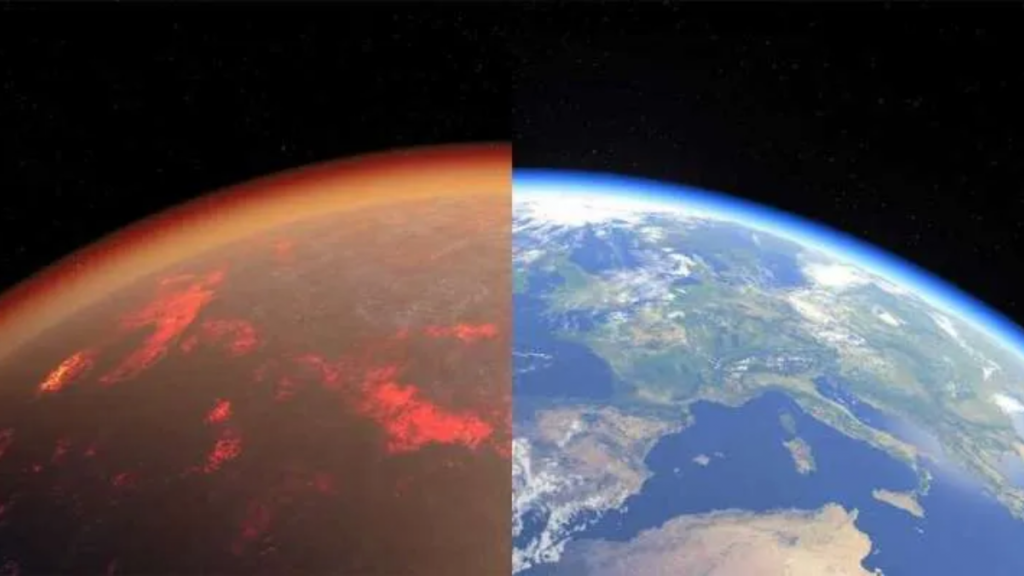Sign up for CNN’s Wonder Theory science newsletter. Explore the universe with news of amazing discoveries, scientific developments and more.
CNN
–
A NASA spacecraft is preparing for the first time in a series of close encounters with the most volcanic place in the solar system. The Juno spacecraft will fly by Jupiter’s moon Io on Thursday, December 15th.
The maneuver will be one of Juno made nine flights of Io over the next year and a half. The encounter will occur 930 miles (1,500 kilometers) from the lunar surface.
Juno captured a stunning infrared view of Io on July 5 from 50,000 miles (80,000 kilometers) away. The brightest spots in that image correspond to the high temperatures on Io, which is home to hundreds of volcanoes, some of which can spew fountains of lava dozens of miles high.
Scientists will use Juno’s observations of Io to learn more about the volcanic network and how its eruptions interact with Jupiter. The Moon is constantly being pulled in by Jupiter’s immense gravity.
“The team is very excited that the expansion of the Juno mission includes the study of Jupiter’s moons. With each flyby, we have been able to obtain a wealth of new information,” Scott Bolton, principal investigator for Juno at the Southwest Research Institute in San Antonio, said in a statement.
“Juno’s sensors are designed to study Jupiter, but we’re pleased with how well they can do double duty by observing Jupiter’s moons.”
The spacecraft recently captured a new image of Jupiter’s northernmost hurricane on Sept. 29. Jupiter’s atmosphere is dominated by hundreds of hurricanes, many of them concentrated at the planet’s poles.
The Juno spacecraft has been orbiting Jupiter since 2016 to reveal more details about the giant planet and focus on performing a flyby of Jupiter’s moons during the extended part of its mission, which began last year and is expected to continue until the end of 2025.
Juno passed Jupiter’s moon Ganymede in 2021, followed by Europa earlier this year. The spacecraft used its instruments to search under the icy crusts of both moons and gather data about the inner part of Europa, where the salty ocean is thought to be.
Interactive: Find out where to look for life in our solar system
The ice shell that makes up Europa’s surface is between 10 and 15 miles (16 and 24 kilometers) thick, and the ocean it sits on is estimated to be 40 to 100 miles (64 to 161 kilometers) deep.
The data and images captured by Juno could help pinpoint two separate missions headed to Jupiter’s moons over the next two years: the European Space Agency’s JUpiter ICy satellite explorer and NASA’s Europa Clipper mission.
The first, scheduled for release in April 2023, will spend three years deep diving into Jupiter and three of its icy moons: Ganymede, Callisto and Europa. All three moons are believed to have oceans under their ice-covered crusts, and scientists want to explore if Ganymede’s ocean is habitable.
The Europa Clipper will be launched in 2024 to perform a dedicated series of 50 flybys around the moon after arriving in 2030. Eventually from 1,700 miles (2,736 kilometers) high to 16 miles (26 kilometers) above the lunar surface, it may be able to help scientists In determining whether there really is an inner ocean and whether the moon can support life.

“Internet trailblazer. Travelaholic. Passionate social media evangelist. Tv advocate.”







More Stories
Watch what the planets were like 3.8 billion years ago, video (chilling reconstruction)
The origin of 469219 Kamo'oalewa has been revealed
The escape of oxygen and carbon was observed on Venus